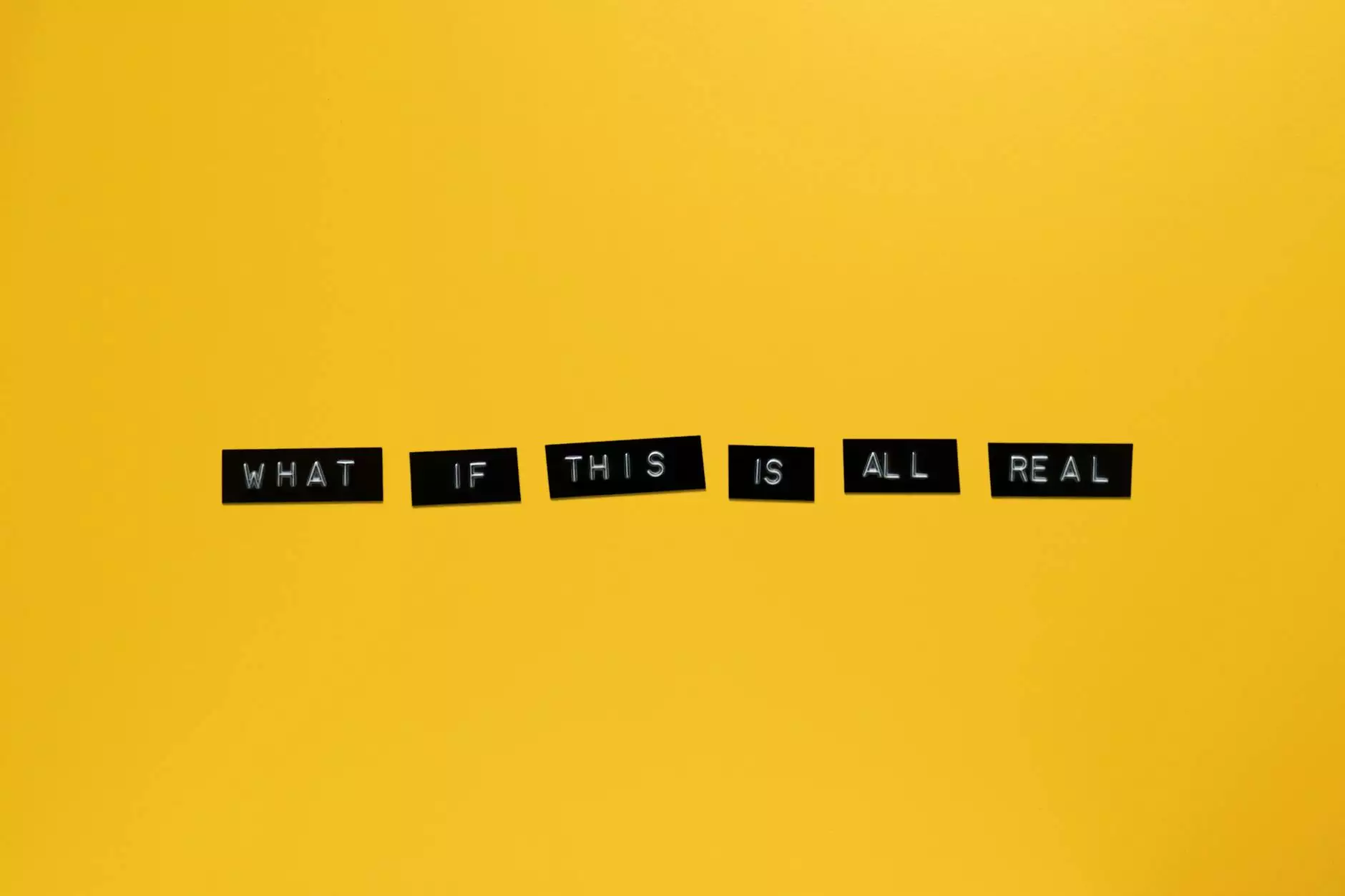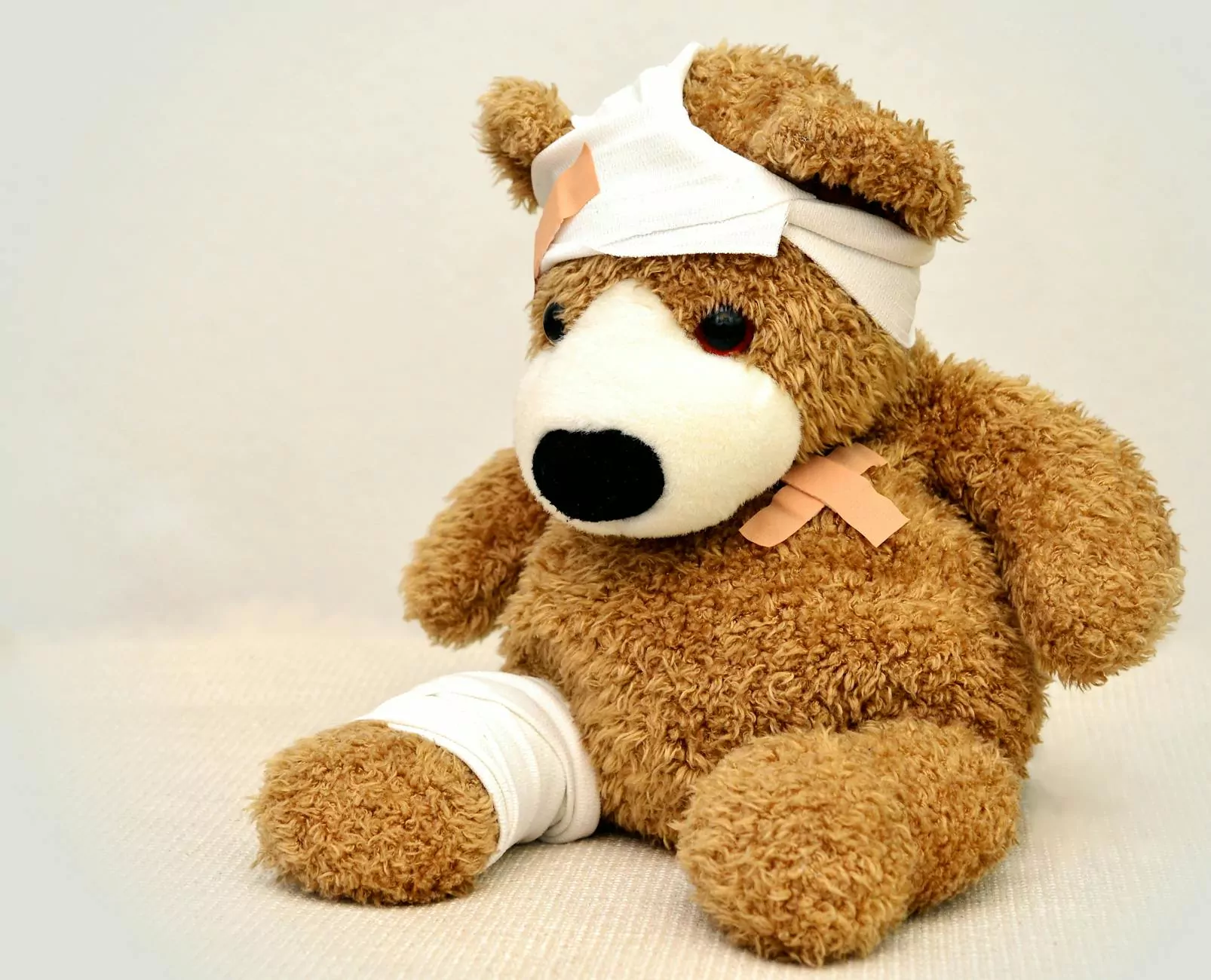Ultimate Guide to Label Printing on Fabric

Label printing on fabric is an essential aspect of the textile and apparel industry. It combines technology, creativity, and practicality to create durable and appealing labels that enhance brand visibility and consumer experience. In this comprehensive guide, we will explore the various facets of label printing on fabric, including its benefits, different printing methods, and tips for choosing the right label for your needs.
Understanding Label Printing on Fabric
Label printing on fabric involves printing text, logos, and designs directly onto various types of fabric materials. These labels serve several purposes, including branding, providing care instructions, and enhancing product appeal. The process can be complex, depending on the type of fabric, the desired print quality, and the intended application.
Why is Label Printing on Fabric Important?
Why should your business invest in label printing on fabric? Here are several compelling reasons:
- Brand Identity: Labels act as a branding tool, allowing businesses to convey their identity and values through design.
- Information Dissemination: Labels provide consumers with crucial information, including washing instructions, fabric content, and manufacturer details.
- Quality Perception: High-quality labels enhance the perceived value of products, contributing to a positive consumer experience.
- Compliance: Many regions require specific information to be included on product labels for compliance with regulations.
Types of Labels for Fabric Printing
When it comes to label printing on fabric, there are several types of labels to consider:
1. Woven Labels
Woven labels are made from threads woven together, creating a soft, high-quality label. They are durable and can withstand washing, making them an ideal choice for clothing and textiles.
2. Printed Labels
Printed labels are created using various printing technologies, including digital printing, screen printing, and heat transfer. They can feature vibrant colors and intricate designs but may not be as durable as woven labels.
3. Hang Tags
These are tags attached to the product using string or plastic fasteners. While not directly printed on fabric, they often accompany fabric items and convey additional information.
4. Iron-On Labels
Iron-on labels are easy to apply and require no sewing skills. They can be ideal for personalizing items, especially for crafts or home projects.
Popular Techniques for Label Printing on Fabric
When it comes to label printing on fabric, several techniques stand out:
1. Screen Printing
This traditional method involves creating a stencil (screen) and pushing ink through it onto the fabric. Screen printing is excellent for high-volume productions due to its efficiency. However, it can be limited in detail and color range.
2. Digital Printing
Digital printing is a modern method that allows for high-resolution images and complex designs. It is suitable for short runs and offers versatility in fabric choices. However, it may not be as durable as screen printing without additional treatment.
3. Dye Sublimation
Dye sublimation involves converting dye into gas and infusing it into the fabric. This method is great for vibrant, full-color designs that require a soft feel since the dye becomes part of the fabric rather than sitting on top.
4. Heat Transfer
Heat transfer involves printing the design onto a transfer paper and then applying heat to transfer the ink onto the fabric. This method is effective for detailed graphics and can be used on various fabrics.
Choosing the Right Fabric for Labels
The choice of fabric plays a significant role in the success of label printing on fabric. Here are some factors to consider:
- Fabric Type: Different fabrics react differently to various printing methods. Cotton, polyester, and blends each have unique requirements.
- Usage: Consider the end use of the labels. For clothing, durability and washability are crucial.
- Feel: The softness or stiffness of the fabric can impact the comfort level for the wearer.
How to Design Effective Labels
Designing labels that attract and inform customers is an art. Here are some tips:
1. Keep it Simple
While it's tempting to include too much information or intricate designs, simplicity often yields the best results. A clear logo and essential information are often more effective.
2. Use Readable Fonts
Select fonts that are easy to read, even from a distance. Avoid overly decorative fonts as they can impede readability.
3. Color Choice
Colors evoke emotions and can be associated with your brand. Choose colors that complement your brand identity and stand out on the fabric.
4. Test Samples
Before full production, test print samples to ensure that the colors, designs, and materials meet your expectations.
Tips for Choosing a Label Printing Company
Selecting the right printing service is crucial for quality output. Here are some factors to consider:
- Experience: Look for a company with a proven track record in label printing on fabric.
- Quality Control: Ensure that they have strict quality control measures to maintain high standards.
- Customer Support: Good communication and support during the process can make a significant difference.
- Product Range: Choose a company that offers a variety of label types and techniques to meet your needs.
Cost Factors in Label Printing on Fabric
Understanding the cost factors associated with label printing on fabric helps in budgeting effectively. Key factors include:
1. Quantity
Generally, the higher the quantity, the lower the cost per unit. Economies of scale can significantly reduce costs for larger orders.
2. Material Choice
Different fabrics and printing methods have varying costs. For instance, woven labels may be more expensive than printed ones but offer durability.
3. Design Complexity
More complex designs require more time and resources, impacting overall costs.
Conclusion: Making the Right Choice for Your Business
Investing in label printing on fabric is critical for businesses in the textile and apparel industry. By understanding the different types of labels, printing techniques, and the importance of quality design, you can select the best options for your products. Remember, labels are not just a necessity; they are an opportunity to showcase your brand’s identity and values.
For further assistance and to explore your options for professional label printing, visit Durafast Label, where you can find a range of services tailored to your business needs.









